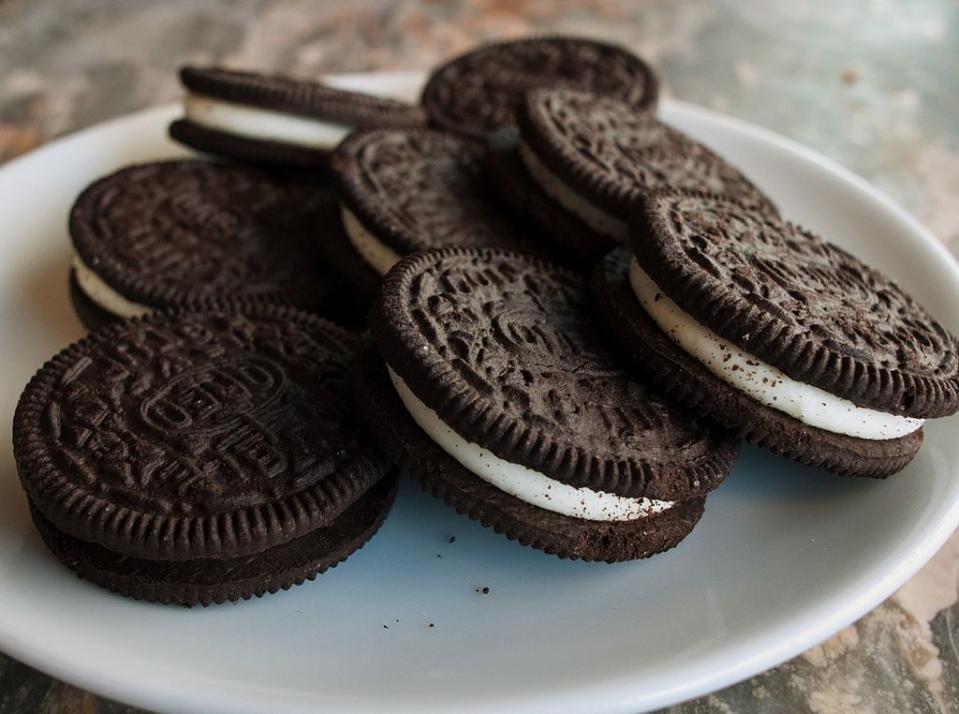One side of the Oreo actually *does* get icing after twisting, according to science
When you’re eating Oreos, you probably DGAF about the mechanics behind the cookies because your taste buds are loudly declaring, “YUM, gimme more forever, please.” Besides, such heavy food-related contemplation is for people like the aerospace engineers who discovered which side of the Oreo gets the most icing after twisting.
As reported by Cosmo, a group of Princeton graduates decided to put their degrees to good use by conducting an experiment to determine which side of the cookie has the most creme left on it post-twisting phase (aka your favorite side).
Their findings probably won’t blow your mind, but don’t be surprised if you develop a new “look before you dunk” snack ritual for eating Oreos during your future cookie-consuming sessions.
After a Google search failed to yield results, the group of engineers told Quartz they conducted lab tests on the cookies (seriously) to analyze their physical and mechanical properties. They even enlisted partygoers in their twist-off experiment, which led to a ridiculous Oreo-buying habit.
Eventually, they cracked the code and the results boiled down to the manufacturing process. As Quartz explains it:
“Position the Oreo box so that the text on the packaging is facing the right way, and take out the cookie in the upper left hand corner. If the cream ends up on the left biscuit on one cookie, it’ll end up on the left biscuit for every cookie in that box. If it’s on the right, vice versa.”
HA! Why didn’t we think of that?
With all the wonderful Oreo flavors emerging, we can’t imagine why no one has bothered to answer this hard-hitting question up until now, but boy are we relieved to finally have deeper insight into the workings of Oreos.
The post One side of the Oreo actually *does* get icing after twisting, according to science appeared first on HelloGiggles.

 Yahoo Finance
Yahoo Finance 


